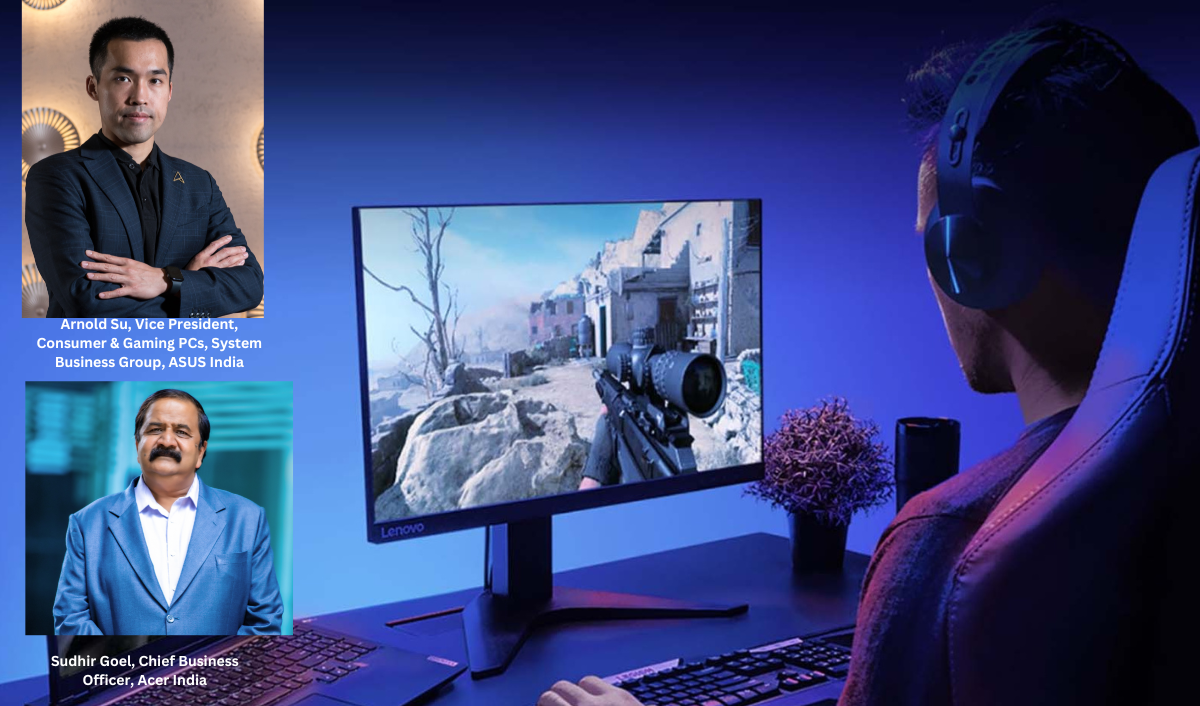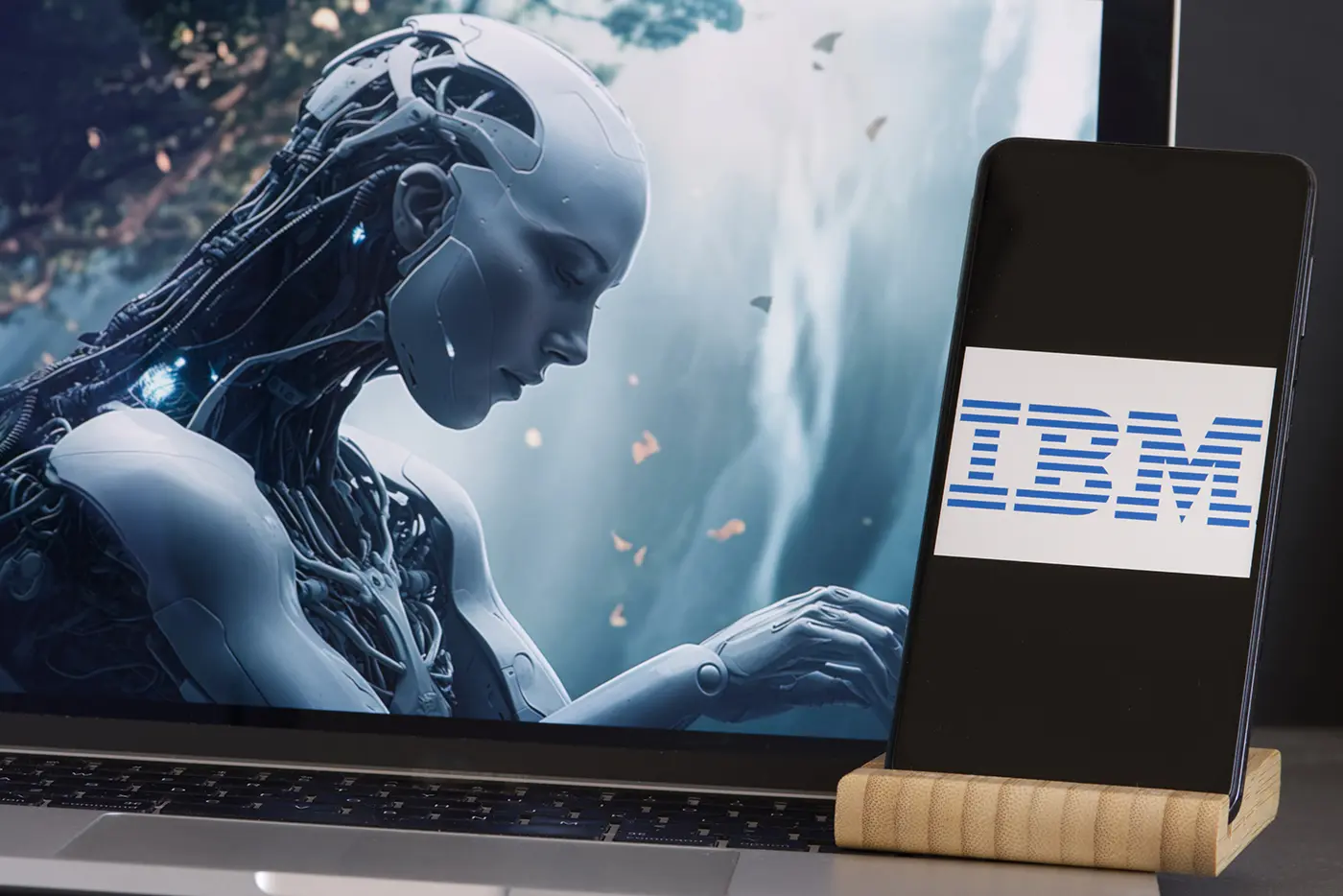Introduction:
In the ever-evolving world of technology, the age-old debate of choosing between a PC and a Mac has become even more complex with the introduction of Arm-based versions of Windows and Apple’s transition to Apple Silicon. This article explores the factors influencing the decision-making process for consumers and businesses, considering aspects such as budget, compatibility, performance, customizability, and the recent advancements in Arm-based technologies.
 Factors to Consider When Choosing a PC:
Factors to Consider When Choosing a PC:
- Budget Considerations: The range of PC prices caters to diverse consumer needs, from high-end gaming PCs to budget-friendly options offering exemplary performance for everyday tasks. Arm-based Windows devices contribute to a broader price range, providing affordable alternatives.
- Compatibility Challenges: For business users, compatibility with legacy applications is crucial. While traditional x86 PCs have historically been the preferred choice, the shift to Arm-based Windows introduces potential compatibility issues that need careful consideration.
- Performance Options: PC users have a wide array of performance options, from budget laptops to powerful workstations. Arm-based Windows devices offer improved power efficiency, leading to longer battery life, but may not match the performance of high-end x86 PCs for demanding tasks.
- Customizability: The ability to customize PCs is a significant advantage for power users and businesses with unique needs. However, Arm-based Windows devices may have limited customization options compared to traditional x86 PCs.
Windows on Arm and the Snapdragon X Elite:
Qualcomm’s Snapdragon X Elite chipset brings exciting possibilities to Arm-based Windows devices. The chipset’s features, optimized for 5G connectivity, graphics, and AI, have the potential to enhance performance and connectivity. While Windows on Arm has faced challenges, the Snapdragon X Elite could address these issues, making Arm-based Windows devices more competitive with traditional x86 PCs.
 Apple’s Advantages:
Apple’s Advantages:
In the realm of computing, Apple stands out with a myriad of advantages that cater to a discerning user base. From a meticulous attention to design and build quality to the seamless integration across its ecosystem, Apple’s offerings present a compelling proposition for those seeking a premium computing experience.
1. Design and Build Quality: Apple has long been synonymous with sleek and elegant design, setting a benchmark for aesthetics in the tech industry. Macs, in particular, are lauded for their premium materials, refined finishes, and attention to detail. The seamless fusion of form and function in Apple’s hardware not only enhances the user experience but also appeals to those who prioritize the visual and tactile aspects of their computing devices.
2. Premium Display Technology: Macs are renowned for their high-resolution displays that deliver stunning visuals and vibrant colors. The company’s commitment to providing users with a visually immersive experience is evident in the quality of its screens. Whether for creative professionals working on graphic-intensive tasks or multimedia enthusiasts seeking an unparalleled viewing experience, Apple’s emphasis on display technology sets its devices apart.
3. Ecosystem Integration: One of Apple’s standout advantages lies in the seamless integration across its diverse range of devices. For users who already own an iPhone, iPad, or other Apple products, having a Mac ensures consistency in software, file sharing, and other features. Apple’s ecosystem facilitates a cohesive user experience, allowing effortless transitions between devices and creating a harmonious digital environment that caters to the needs of a tech-savvy clientele.
4. Performance and Battery Efficiency with Apple Silicon: The transition to Apple Silicon has marked a paradigm shift in Mac performance. Apple’s custom Arm-based processors have not only demonstrated impressive gains in processing power but have also significantly extended battery life. This dual benefit caters to users who prioritize both performance and portability, making Macs equipped with Apple Silicon a formidable choice for those on the go.
5. Software Optimization and User Experience: Apple’s commitment to crafting a seamless user experience extends to its software optimization strategies. The macOS operating system is intricately tailored to complement Apple’s hardware, resulting in a cohesive and intuitive user interface. Software developers often prioritize optimizing their applications for macOS, ensuring enhanced performance and stability for users across a spectrum of tasks.
6. Price Range and Affordability: While historically positioned as high-end devices, Apple has recognized the demand for more affordable options. The introduction of devices like the MacBook Air with the M1 chip showcases Apple’s commitment to diversifying its product range, making the allure of Apple’s ecosystem more accessible to a broader audience.
Tradeoffs and Implications of Arm-Based PCs vs. Apple Silicon:
The introduction of Arm-based Windows devices presents tradeoffs, such as power efficiency versus performance and potential compatibility issues. Apple Silicon has proven its prowess in terms of performance, power efficiency, and seamless integration within the Apple ecosystem. Users must carefully weigh these factors based on their priorities: budget, performance, compatibility, or ecosystem preferences.
 Tech Advancements and Market Dynamics:
Tech Advancements and Market Dynamics:
Qualcomm’s emphasis on the Snapdragon X Elite’s integrated AI processing power aligns with Microsoft’s ambitions for Windows 11. Challenges, such as achieving full Windows equivalency for x86 and Arm architectures, remain. Nvidia’s potential entry into the System-on-a-Chip (SoC) space and Intel’s substantial market presence add further dynamics to the evolving landscape.
Conclusion:
As users face more compelling choices in the PC market, the traditional decision criteria have been disrupted. The introduction of Arm-based innovations, coupled with advancements from Qualcomm and potential market shifts from Nvidia, promises an exciting and competitive future for PC hardware. Making an informed decision considering evolving technologies and user priorities is crucial in navigating this dynamic landscape.
Read more: